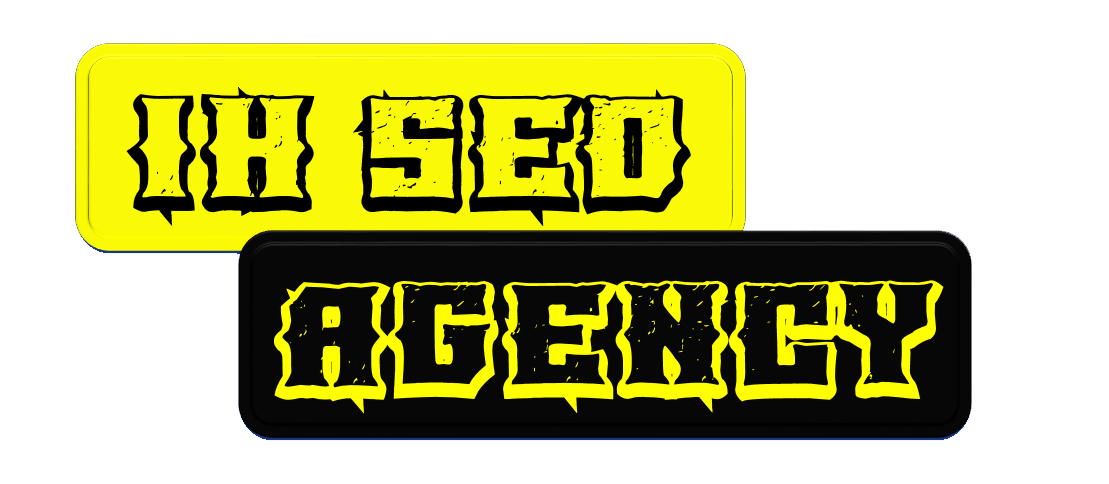Understanding Timing inEcommerce Email Marketing
Ecommerce Email Marketing if you’ve ever wondered why some marketing emails get opened while others head straight for the trash, timing is often the unsung hero—or culprit. In the hustle and bustle of ecommerce, when you send your emails can make or break your campaign’s results. Let’s take a thoughtful stroll through the science, data, and practical strategies behind the best time to hit “send.”
Why Timing Matters in Ecommerce Email Marketing
Email is still a kingpin in the digital marketing toolkit. But with so many brands fighting for attention, your message only has a split second to entice. The time and day you choose to connect with your audience can dramatically influence open rates, click-through rates, and, most importantly, sales conversions. The goal is simple: deliver your message when people are most receptive.
Peak Days for Ecommerce Email Success
Over the years—and countless A/B tests—analysts have noticed trends in email engagement. Tuesdays and Wednesdays often steal the show, boasting higher open and click-through rates compared to other days. These midweek days sit in the sweet spot: people have settled into their routine, but aren’t yet sliding into the weekend slowdown.
Mondays can work for some ecomm brands, especially with time-sensitive offers that capitalize on the fresh-week mindset. Conversely, weekends tend to see less engagement, as many people unplug or are less likely to check work- or promotion-heavy inboxes.
Best Time of Day to Send Those Emails
Crack-of-dawn campaigns rarely succeed—unless you’re targeting early risers. Most data suggests 9 a.m. to 11 a.m. (in your target audience’s local time) yields the best results. This window is the golden hour: people are typically at their desks, motivated to check emails, and still receptive to offers.
Mid-afternoon (around 1-3 p.m.) is another opportunity, as inboxes are cleared after lunch and attention shifts away from morning tasks. There’s also an evening window (around 7-9 p.m.), where people unwind and browse online—perfect for ecommerce brands looking to leverage impulse shopping.
The Importance of Testing: No One-Size-Fits-All
While industry trends provide a great starting point, knowing your specific audience can change everything. Factors like time zones, work schedules, and shopping habits vary wildly. The only way to truly dial in the best send time? Test, analyze, and optimize regularly. Consider A/B testing your sends on different days and times, then track metrics like opens, clicks, and conversions.
Pro Tips for Smart Ecommerce Email Scheduling
- Segment your audience: Not everyone is on the same schedule. Use past engagement data to send emails at individualized optimal times.
- Automate your campaigns: Modern email platforms let you tailor delivery based on each subscriber’s behaviors.
- Monitor the competition: Stay alert to what leading brands in your niche are doing—sometimes, zigging when others zag pays off.
- Review and refine: Harness analytics tools to monitor the impact of different send times and adjust accordingly.
Final Thoughts Ecommerce Email Marketing
While Tuesday and Wednesday mornings are a reliable starting block, there’s no substitute for getting to know your shoppers. When you respect your audience’s routines and deliver value at the right moment, you turn your emails into revenue engines—not just noise.







Leave a Reply